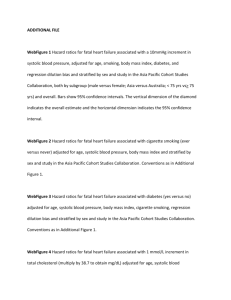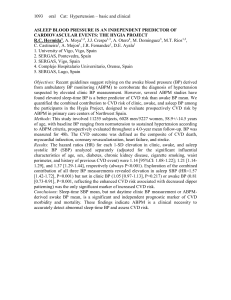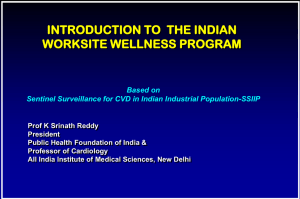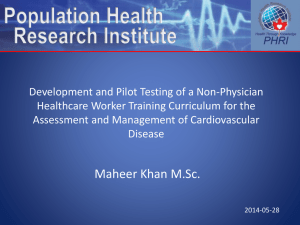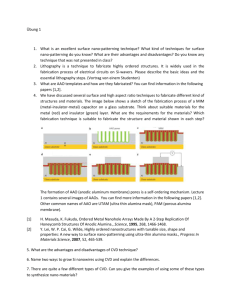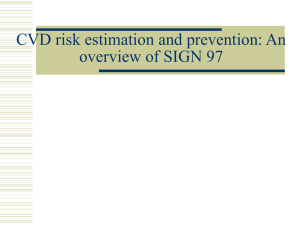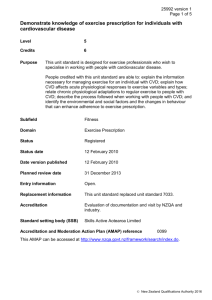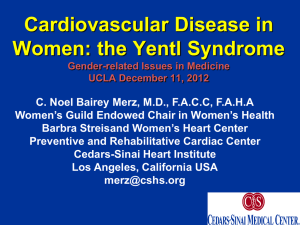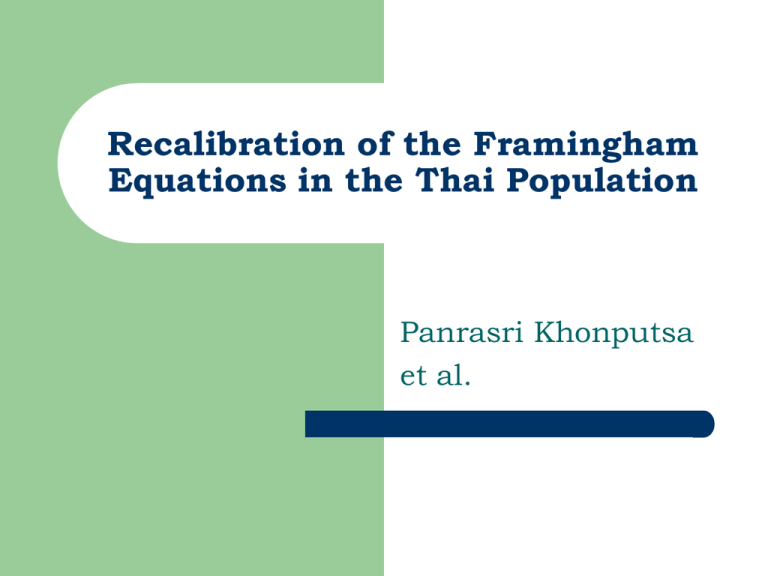
Recalibration of the Framingham
Equations in the Thai Population
Panrasri Khonputsa
et al.
Objectives
To develop Thailand specific equations derived
from the Framingham cohort data,
To calibrate these to the best available
information on the incidence and cumulative
risks of CVD in Thailand
Materials and methods
Cardiovascular disease (CVD) incidence
and cumulative risks
Recalibration of the Framingham
equations
Validation against Asia Pacific Cohort
Studies Collaboration (APCSC) equation,
Electricity Generating Authority of
Thailand (EGAT) cohort
Procedures used to assess the incidence of
ischemic heart disease and stroke in Thailand
Hospitaladm issions CVD
discharged alive from
nationalhospitaldatabase
Inflated toself-reported
hospitaladm issions in the
Health and W elfare Survey
Verbalautopsy deaths
w ith no history ofprevious
CVD
Nationalestim ate
adm issionsCVD
discharged alive
Inflated to national
m ortality estim ates
by age and sex
Proportionoffirst-ever
eventsfrom UK study
Nationalestim ate firsteverincidence ofnon-fatal
CVD
Nationalestim ate firsteverincidence offatalCVD
Totalincidence CVD events
Framingham equations
i n
m const ant1 X
i i
i 1
log (t) m
u
constant 2
p 1 e
eu
Recalibration
Applying the ratio
Ratiobyage,sex
Example
Riskobserved
Risk predicted
–
average 10-year Framingham-predicted risk of IHD for
Thai men aged 30-35 years = 5%
–
10-year cumulative IHD risk for this age and sex =
2.5%
–
calibration ratio = 0.5
–
a Thai man aged 32 years with 10-year Framinghampredicted IHD risk of 6% would have a recalibrated 10year IHD risk of 3% (6 x 0.5)
Results
Before and after calibration ten-year CVD risk
APCSC and this study’s equation Comparison of
the 8-year cardiovascular risks
Predicted vs. observed number of cardiovascular
disease events in the EGAT cohort.
Ten-year CVD risk before and after calibration
(men , women)
60
50
40
calibrated
30
uncalibrated
20
10
Ten year CVD risk (%)
Ten year CVD risk (%)
60
calibrated
50
uncalibrated
40
30
20
10
0
0
30- 35- 40- 45- 50- 55- 60- 65- 70- 75- 80- 85+
34 39 44 49 54 59 64 69 74 79 84
Age (years)
30- 35- 40- 45- 50- 55- 60- 65- 70- 75- 80- 85+
34 39 44 49 54 59 64 69 74 79 84
Age (years)
8-year risks predicted using APCSC vs.
this study’s equations
8-year CVD risk (%)
50
40
30
APCSC equation
This study's equation
20
10
0
30- 35- 40- 45- 50- 55- 60- 65- 70- 75- 80- 85+
34 39 44 49 54 59 64 69 74 79 84
Age (years)
Predicted vs. observed number of CVD in
EGAT cohort
Number of events
150
128
observed
predicted, calibrated
120
predicted, uncalibrated
90
60
30
137
45
23
50 51
55
64
32
14 17
16
0
45-49
50-54
55-59
Age (years)
60-64
Conclusion
Tools performed as well as an existing equation
Can predict number of CVD events over 10 years
reasonably well
Flexible; over any time period, and in women and
men
Can be used by physicians to inform patients their risks and options for risk reduction.
Used in cost-effectiveness studies
Limitations
Incidence of non-fatal IHD and stroke
may be underestimated (only admitted
cases)
Universal access to health services
facilitates most cases of IHD and stroke
to present to hospital
First-ever proportions from elsewhere
Recommendations
Update incidence and cumulative risks by updating
the Thai data sources (DRG, Cause of Death study)
Consider conducting a cohort study representing
the whole population to estimate the incidence and
risk of CVD
Re-validate the equations by applying the equations
in a group of Thais with known risk factor levels and
following them for comparison of predicted and
observed risks


